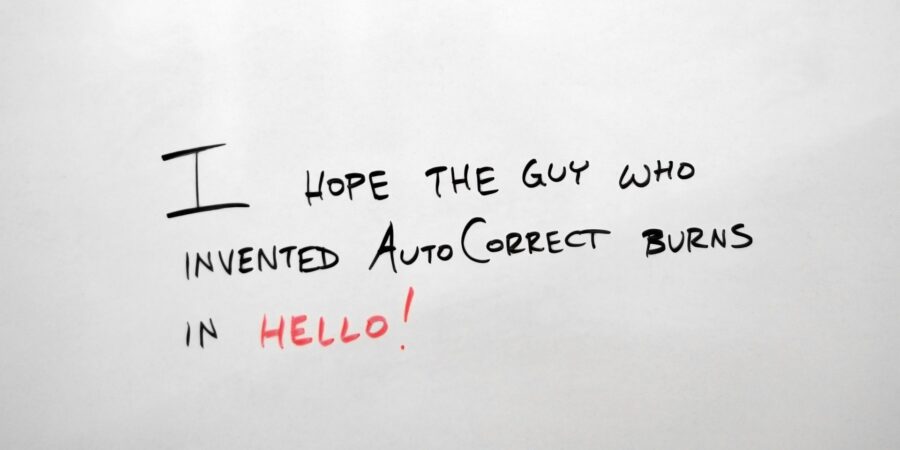
Why language diversity?
Everyday language is like a melting pot. A moving sphere with language circles that coexist and in which we try to express ourselves accordingly. However, there is ongoing exchange between those circles. We may not always be aware of the considerable degree of interaction. Kids and younger people in general, tend to be much more creative. What it all boils down to, they are simply less rigid and use their language ability for what it’s meant. Language is (e)motion, not inertia.
Needless to say, those circles sometimes collide. Language being (e)motion, we are all familiar with those instances where our supposed rational control over language goes native. Cursing, for instance, is synonym to using our dialect to most of us. How to write a letter of application might stretch our emotive language in quite the opposite direction: it is better to think twice, before you include any emotional wording in your letter. Texting among young people is nowhere near “normal language”. It is coded, it is short-circuited and above all imaginative. “E babe woeps omg keda ma ja e kd8” is perfectly legible, or isn’t it?
Real time communication may be just as confusing. Anyone who knows what makes a school playground tick, or a school’s corridors and classrooms, will understand. There is so much going on, it is hard to tune in to all those interrelating/intermingling frequencies.
Languages do not simply coexist.
There is a lot of (e)motion going on and we all desperately try to be proficient in different directions.
One of the most fascinating transmitters is of course a city school’s cross-cultural component. There are those who feel that we should still adhere to some kind of strict monolingual approach. However, noninclusive languages have never existed. Being native speakers of Dutch, a minor language, and to make matters ‘worse’, being part of quite a particular country, it should feel quite natural to be into a kind of cross-cultural mix. Of course, from a pedagogical and above all organisational point of view, we favour a strong common classroom denominator. However, instead of ignoring or avoiding today’s cross-cultural component, we believe there is every advantage in allowing different cultural influences to blend in. This will undoubtedly enrich the musical flavour of our classroom mix. Languages spoken at home or for that matter, any other creative language variety, can be an added didactic asset. Reading all those different cultural and language road signs is far from self-evident. It will require acute observation and the willingness to understand differences to encourage new insights. All other roads may lead to new encounters.
Crossroads are joining sections, not dividing.
Did you find this resource useful?
Create an account to bookmark this article!
Read more about
Related articles
All posts- age
- ambition
- awareness
- chord symbol
- class practice
- classroom environment
- co-teaching
- collaboration
- composing
- context
- creativity
- cross-cultural
- cultural reflection
- customs and traditions
- developmental disabilities
- differentiation
- diversity
- exercise
- games
- gender
- genre
- group lesson
- improvisation
- individual lesson
- keyboard harmony
- language
- learning achievements
- learning disabilities
- learning environment
- life-long learning
- ludodidactics
- motivation
- music theory
- musical
- peers
- piano
- play
- playfulness
- poverty
- practical
- reflection
- remediation
- role play
- school organization
- self-study
- social context
- special needs
- stereotyping
- talent
- teacher
- teacher skills
- theoretical
- video
- wellbeing





